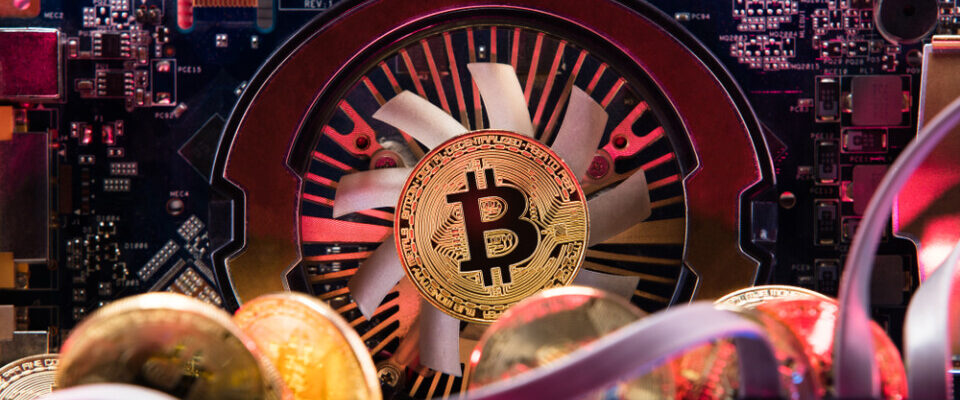With the highly anticipated Bitcoin halving event only six months away, Iris Energy, the Bitcoin mining firm based in Canada, has announced that it would be expanding its computer fleet.
The company confirmed on Friday that its total hashrate would rise from 5.6 exahashes per second (EH/s) to 7.0 (EH/s), which would be an increase of 25%.
The expansion
The company said that it would accomplish this with the addition of 7,000 of the newest S21 miners from Bitmain. The cost of this addition would be around $19.6 million.
In a press release, the company revealed that it planned on funding the purchase from the existing capital resources, which includes the cash in the bank.
This is around $64 million and there is no debt. It would also use its operating cash flow and the funding programs that were recently disclosed.
The hashrate is the number of guesses or hashes, which can be generated by miners to solve complex mathematical problems in order to create the next block on the Bitcoin blockchain.
Building a block comes with the reward of freshly minted bitcoin for the miners. The faster they are able to produce hashes, the more bitcoins they can earn and it translates to more revenue.
Therefore, boosting the hashrate increases the chances for a company to add a new block to the network and earn more BTC.
Iris Energy
The co-founder and co-CEO of Iris Energy, Daniel Roberts, said that miners who have less efficient fleets and high debt burdens or operating costs would be under pressure in the near-term, as the halving draws nearer.
Therefore, he said that they had positioned themselves to ensure they would be one of the most competitive and efficient businesses in the industry.
He added that everyone was aware of how the price of bitcoin had been impacted due to halving events in the past, so they were also positioning themselves to benefit from the potential upside.
The reaction
After the announcement, there was a 9.5% rise in the shares of Iris Energy that traded under the sticker of the IREN ticker on the NASDAQ stock exchange.
Iris had revealed back in June that it was planning on expanding its capacity by early 2024 to 9.1 EH/s. They have now bumped the said target to 9.4 EH/s.
The company is also monitoring the market to identify any opportunities for hardware acquisition. Once the machines are shipped in early 2024, there will be a drastic change in miner economics.
This would be because the next Bitcoin halving would happen in April 2024. This happens regularly and its aim is to reduce the guaranteed BTC rewards that miners earn from every block.
The upcoming halving would see the block rewards reduced to 3.125 BTC from 6.25 BTC. This might make mining less sustainable, as only cost-efficient companies would be able to survive.
Meanwhile, it is also considered a catalyst for bitcoin bull markets and this might end up making the industry more profitable.

